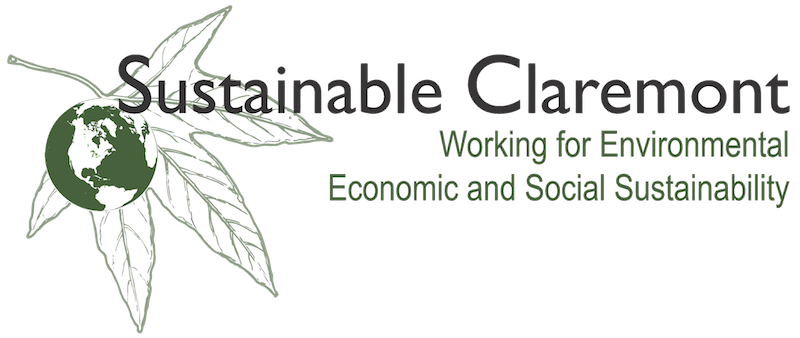Plastic is everywhere. With a quick look around me, I see pens, mugs, furniture, utensils, my keyboard, and even chewing gum. Yes, chewing gum.
Plastic was invented in the late 19th Century, but due to war demands and increased technology, plastic production soared from 20 million pounds produced in 1927 to 650 million pounds in 1943. That's a 3000% increase in less than two decades. Today, Americans generate 33 million tons (or 66 billion pounds) of plastic each year. More than half of that are plastics consumers use once and then toss (think: plastic wrapping, boxes, bags, twist ties, etc.). And of the total, only 9% of the plastic waste was actually recovered for recycling. The large majority of plastics end up in the landfill, where it takes 500-1,000 years to degrade. If you expand this view globally, where waste management systems lack, approximately 17 billion pounds of plastic is currently floating in the oceans. These plastics collect in ocean gyres (circular currents), which creates giant "plastic islands" under the surface of the ocean, which can grow as large as the size of the entire United States.
In case this wasn't enough to persuade you to be plastic-conscious, let's talk human and animal health. Plastics with resin ID codes #3 (PVC – shrinkwrap, food packaging, toys), #4 (LDPE – plastic bags for produce, bread, and trash), #7 (BPA and BPS – reusable water bottles, jar lids) have been known to release trace amounts of chemicals that can disrupt our endocrine system — mood, growth and development, metabolism, sexual function and reproductive processes, to name a few. Scientists have found that these chemicals have disrupted the endocrine system of wildlife animals, causing cancer, genital deformations, and infertility in many species, such as polar bears, deer, whales and otters. Plastic #6, Polystyrene (Styrofoam), is known to leach styrene, which can damage your nervous system and is linked to cancer. Levels of chemical leaching increases when plastics are heated (hot coffee or tea in cups, hot food in take-out containers) and with foods that are fatty, salty, or acidic.
So, are you convinced that we should be more plastic-conscious? I am!! Use these tips to start reducing your plastic consumption today.
- Use (and remember to bring!) reusable shopping bags at any store (not just the grocery store!). Go bagless for produce. 500 billion plastic bags are used globally every year.
- Fill reusable (glass, ceramic, aluminum) water bottles and store in the fridge. Americans throw away 35 billion plastic water bottles every year.
- Avoid purchasing single-serving foods and other packaging with excess plastic. Opt for children's toys that are plastic-free. Check out LifeWithoutPlastic.com, which sells common products that are made without plastic.
- Refuse plastic straws, drink lids, and utensils. Bring your own reusable utensils for school/work lunches.
- If you must use plastic, choose #1 (PETE) or #2 (HDPE), as these are the most-commonly recycled plastics. Avoid plastic bags and styrofoam, which have the lowest recycling rates.
Craving more information? Check out the blog MyPlasticFreeLife.com to learn about a California gal's journey towards a Plastic-Free Life.
What do you do to reduce plastic in your life? Share on our Facebook page!
Demystifying Sustainability is an initiative of Sustainable Claremont (sustainableclaremont.org).
